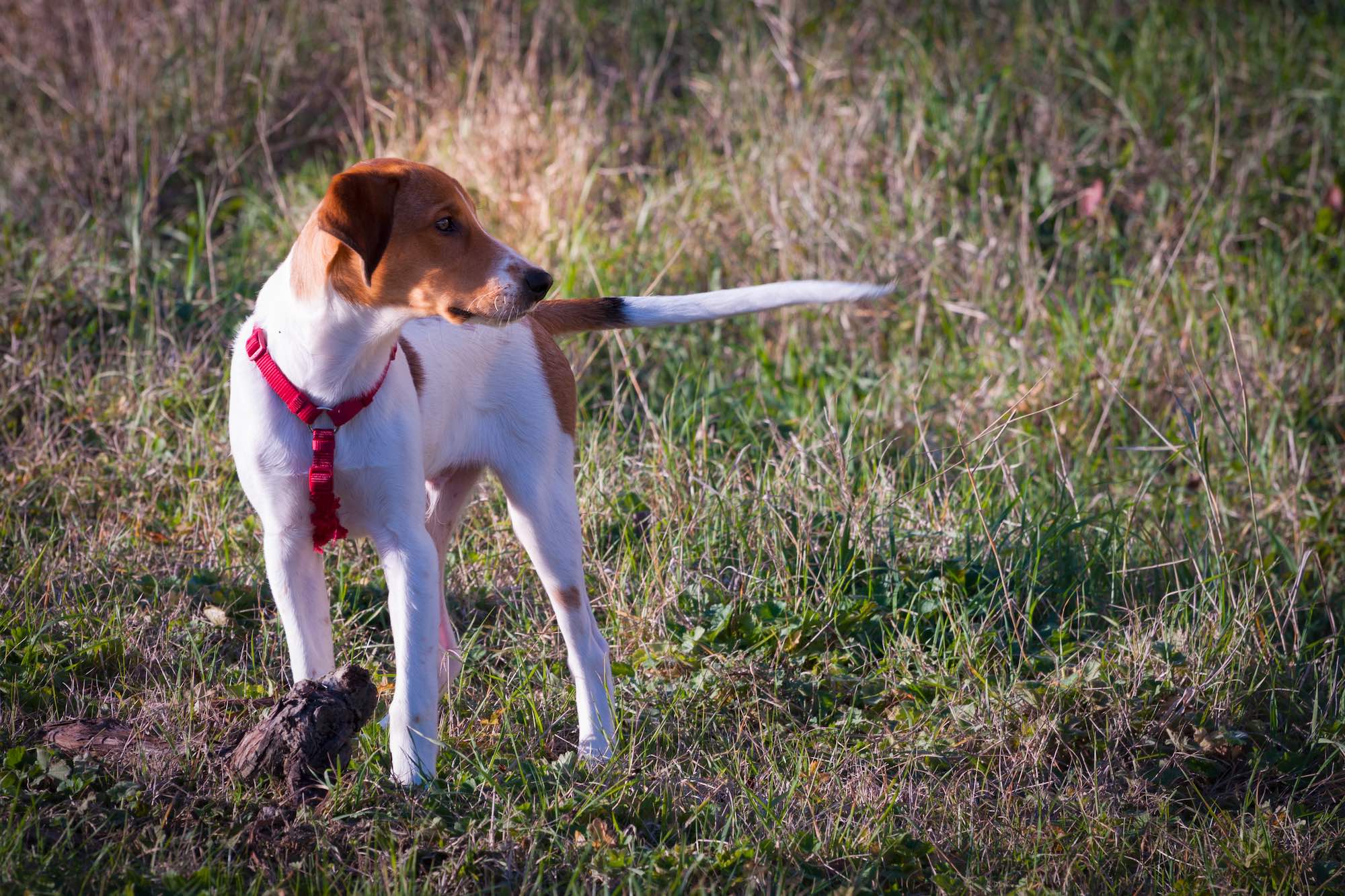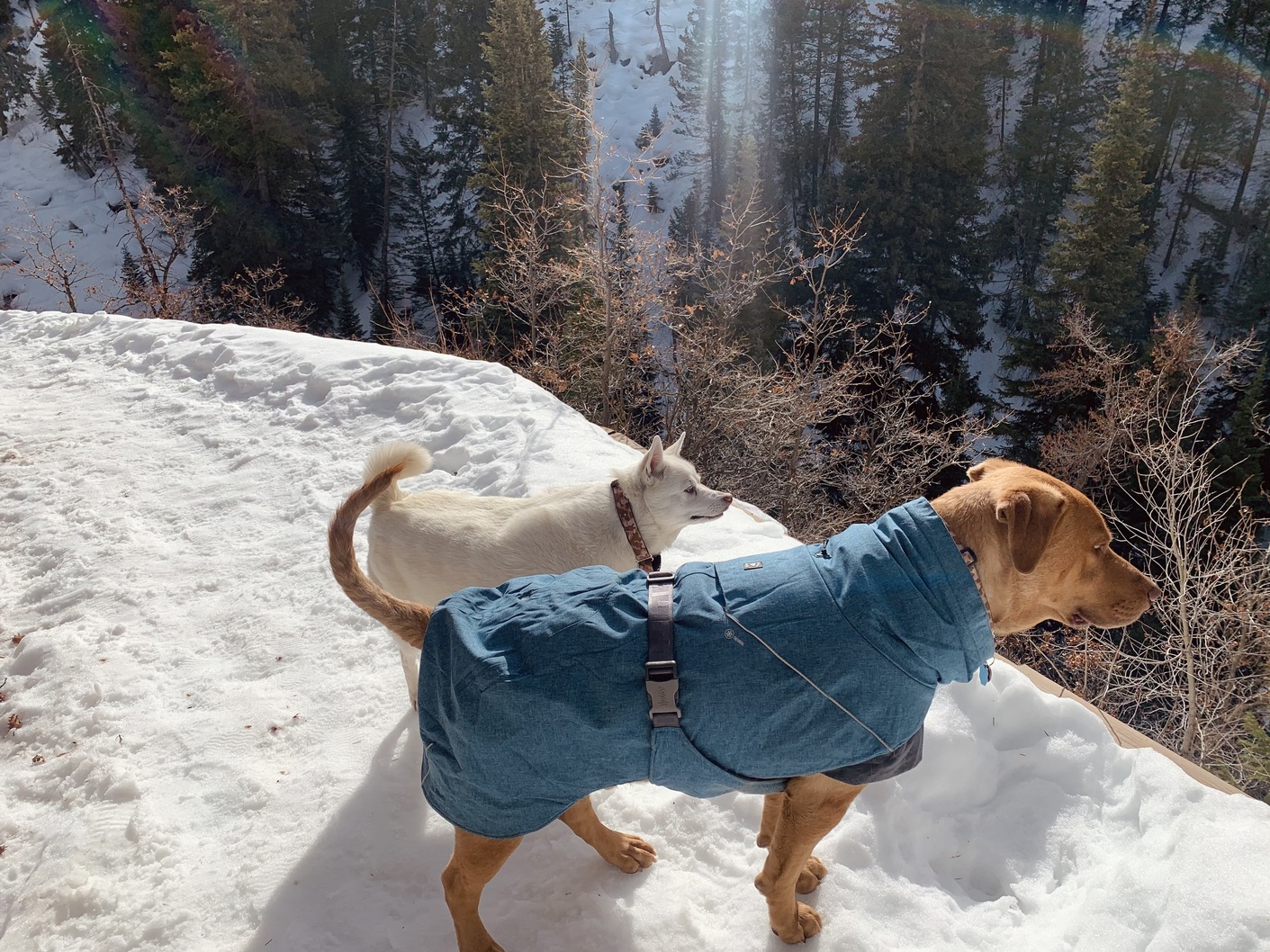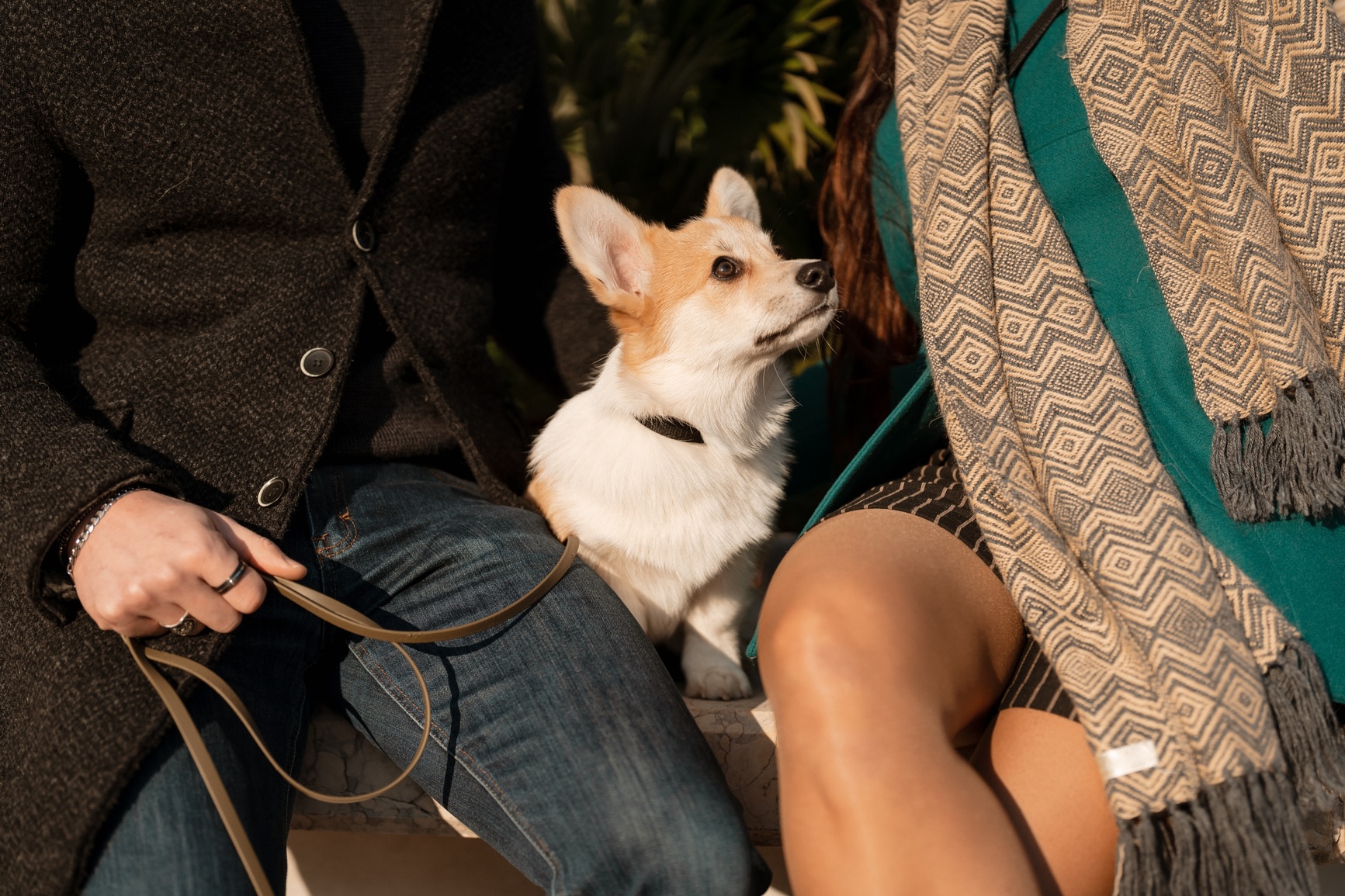
For such a seemingly simple appendage, a dog’s tail does a lot of complex things. It helps a dog maintain balance and enables swift, agile movement. It’s also one of the most important indicators of how a dog is feeling at any given time, and can convey a surprising amount of useful information, if we know the “tells.”
The wagging tail is most often associated with happiness—and it does sometimes signal that a dog is happy to see us, or the other person, dog, or object in their path. But not all wags mean happiness. Anyone who lives with a dog, or simply interacts with dogs with any frequency will do themselves—and those dogs—a big service by learning what tail wags are really saying.
Here’s a video guide to what some of the different wags mean.
Simply seeing a tail in motion isn’t enough. We can also learn about the dog’s mood and mindset from the position of the tail:
Is it sticking straight up, is it horizontal, or tucked down?
How fast is it moving?
Which way is it moving?
What else is going on with other parts of the body? Is the dog still with only the tail moving?
When you take into account some of these factors, you can see that a wagging tail may be a sign of a dog that’s happy and ready to play, or it could signal a dog who is curious, anxious, afraid, aggressive, or uncertain. Other signs like raised hackles, a crouching stance, a play bow, or pricked ears can help round out what the tail motion is saying.
Paying attention to these cues can help prevent or de-escalate conflict, and ensure all social encounters, whether with dogs or people, are pleasant ones. Understanding your dog’s body language—and responding correctly to what your dog is trying to say—can also help build a trusting relationship.




